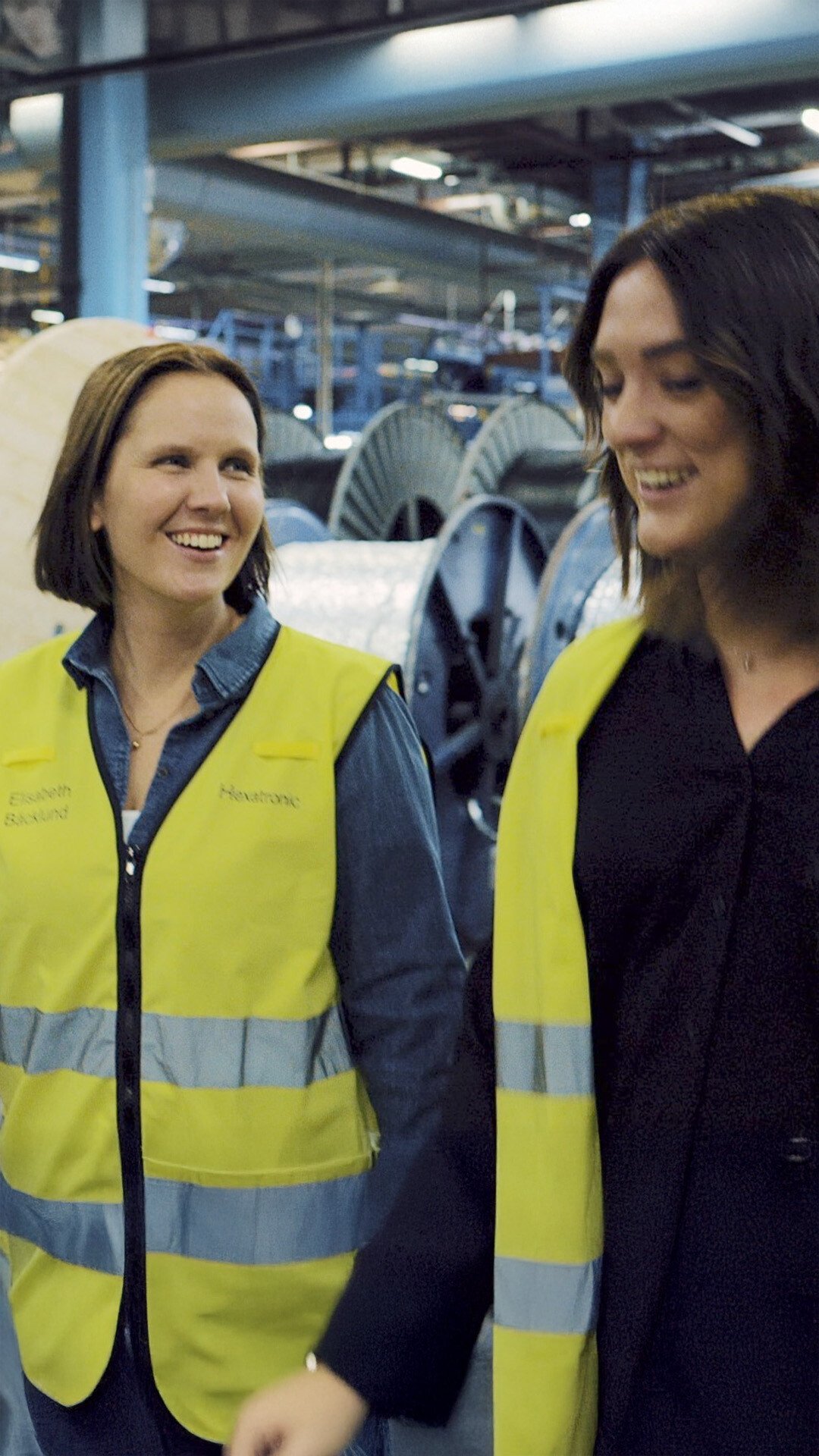An FTTH network is supposed to generate revenue for the network owner, typically for decades to come. In such a long-term perspective, it's easy to believe that the relatively short network implementation phase will have a minor impact on the return on investment and the total cost of ownership. However, often implementation projects don't keep up with time plan. This results in a cost increase for network owners and contractors, and delayed revenue-generating network operation for the network owner as a result. Strikingly often, the reasons for cost increase and delays are the same in FTTH projects. By correct planning, such foreseeable pitfalls can be avoided, and the FTTH network can be ready on time and budget.
Planning for profitable FTTH networks
From a network owner's perspective, a passive FTTH network (PON) life span commonly expects to be 20-25 years. In the business plan, the network operation should generate revenues in this period, and there is also an expected service and maintenance cost. Further, the fast development in technology requires flexibility and expandability to meet also future needs and demands.
If planning is deficient, the long-term business plan may fail even before the FTTH network is operational without one realising it – or it becomes apparent too late!
To meet the expectations of network life span and profitability, it is vital to do everything right from the very start. This is why meticulous planning is crucial – and pays off.
How to future-proof a fiber optic network
When planning for FTTH networks, it is easy to focus on technical performance. Yet, some features and demands are becoming increasingly important. Accordingly, there are considerations to be made initially to secure the overall quality of the network for the future:
Performance
Fiber optic networks are designed for today's technical standards. But also, possible future demands should be taken into consideration. For example, if the network possibly should be expanded for increased transfer speed, e.g. by 5G, this should be taken into account.
Robustness and reliability
For network owners, downtime can be devastating. Uptime and uninterrupted flawless operation are especially crucial for non-commercial network owners like authorities, health care, emergency services and security organisations. Robustness and functional reliability are not only about network hardware as such. It is as much about the quality of physical implementation in the ground and buildings, i.e. the know-how and workmanship of the installer. Also, qualities and expertise of all parties involved during the entire process – from purchase to handing over the FTTH network to the network owner for operation – will add to long-term reliability.
"Network robustness should be a priority, as the networks are a part of the community-critical infrastructure whose reliability can be crucial in crisis situations."
Flexibility
Operating, maintaining, and expanding the network. All this must be possible to do in a cost-efficient way. If not properly planned for, future needs may prove unnecessarily costly.
Security and regulations
Historically, fiber optic networks have been built without security in mind. Accordingly, build quality can vary considerably. But, in a rapidly changing world where new risks, threats, and insights appear, the importance of reliable fiber optic networks becomes apparent to governments, authorities and organisations. The networks will likely more and more be considered as community-critical infrastructure. Reasonably, more regulations will follow over time.
Sustainability
Even if not traditionally prioritised, the environmental impact from networks is becoming an issue. By building networks for minimal maintenance and repair, the environmental footprint becomes smaller due to reduced transports and materials. For the network owner, a network built with sustainability in mind may support corporate CSR and environmental policies. Such sustainability requests must be addressed and taken into consideration when planning.
Long life
The desired FTTH network life span of, e.g. 20-25 years can prove unattainable if seemingly insignificant things are overlooked, or if known pitfalls do not come to the knowledge of the network owner or the contractor when preparing.
On the other hand, if meticulously planned for and implemented, the network life may well exceed expectations.
The FTTH network implementation challenge
Why quality is a challenge
Any FTTH project is based on a business case with financial targets, network performance requirements, and a target for market share. Reaching the market share target is, in turn, strictly dependent on roll-out speed and project closing according to the time plan.
To achieve all these targets, it takes a comprehensive view and quality assurance – from procurement to project closing and handing over to operating the network.
"Quality in project implementation is key to future profitability."
However, quality is not a dedicated KPI. Instead, quality in execution is the fundamental prerequisite for business goal achievement.
It takes knowledge to avoid mistakes
Once implemented, the network should operate and generate revenues for decades to come. Mistakes and failures during the implementation phase can have consequences for many years. Accordingly, this short initial phase should be carried out with a long-term perspective.
"Experience and know-how are keys to avoid mistakes."
A common mistake when implementing a project is putting too much focus on the building phase instead of the overall project execution. Accordingly, planning, following up, and quality assurance will suffer.
For the contractor to foresee future pitfalls and act accordingly, takes long experience and genuine know-how.
Why a single project failure may put the entire business at stake

To keep up roll-out speed, running several sequential projects is often necessary. Ideally, when a project is handed over for operation to the network owner, the contractor is fully paid and building capacity is released for next project implementation.

However, due to lack of quality in implementation, there is the risk of the project cannot be closed on time. For the installer, this means that resources (i.e. building capacity, skilled staff, project management etc.) allocated for the next project will not be available, but instead still are locked in the delayed project. For the network owner, this means that the expected revenue-generating operation is postponed. This is a situation of unexpected cost and delayed cashflow for all parties.
"Lead time and cost can accumulate into a snowball effect."
Still worse, the next planned project will suffer from a shortage of resources, and cannot be implemented according to plan, and so on. Eventually, it may escalate into a domino effect where new projects cannot even be started because of missing capacity. In markets and regions where installing capacity and skills are limited, the entire business operation for all involved could be put at stake.
Why FTTH project implementations fail
A project implementation that does not go according to plan will cause costs, increase lead times, (and result in sub-optimisation of building capacity). If such problems are a result of ignorance or negligence, the failure could have been avoided. In practice, this situation is remarkably common. Why?
Common reasons for FTTH project implementation failure:
- With stressed time plans and an optimistic view of capabilities, network owners and contractors are eager to start. Allegedly to save time, no or little effort is spent on establishing ways of working.
- The project is regarded from a short perspective. Accordingly, the essential long-term TCO perspective is disregarded.
- Necessary skills and experience of the installers are not verified. With vital know-how missing, consequences may be severe.
"Starting a project too early is a high-risk approach."
Starting a project without proper planning for how to manage the implementation project and verifying appropriate competencies, is a big risk. When project activity and resource usage are high, incidents or issues that are not addressed in the ways of working can cause chain reactions with delay and increased cost as a result. A big risk of this is starting the project too early.
How to avoid FTTH project implementation failure

To avoid unnecessary cost and increased lead times, adequate planning is vital. At the early stage of a project, in the procurement phase, few people are involved, and little cost is spent. Putting effort into establishing the project ways of working here, will pay off considerably by reducing the risk of failure in the highly active building phase.
"Planning is key to successful project implementation."
A good start is making all involved parties having a common view of the project and its challenges. This could be achieved by a focused start-up meeting, where challenges are discussed, and ways of working, reporting and communicating are agreed. Starting with establishing the common view and decided ways of working is a recommended low-risk approach.
Low-risk approach best practice
-
Establish quality assured ways of working early in the project life cycle.
-
Test and evaluate on a small scale.
-
Make sure that the quality assured ways of working are known, understood and followed by all resources in the project.
-
Include a plan for deviation management.
-
Verify the documented skills and experience of everyone involved.
Learn more about FTTH technologies and business from our experts.
























